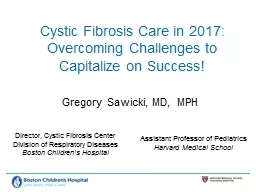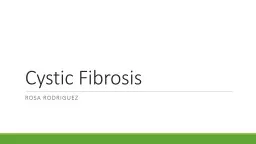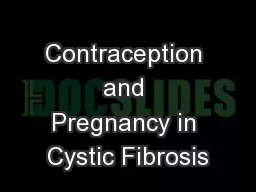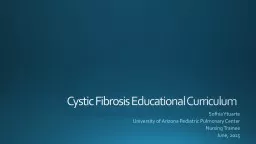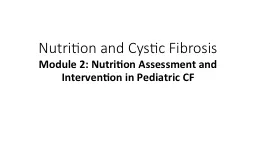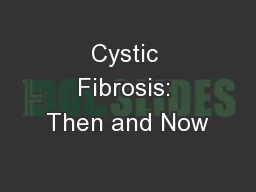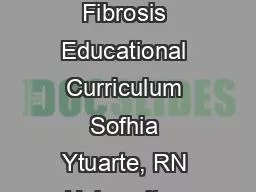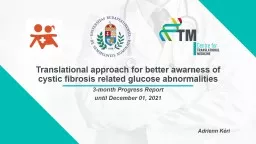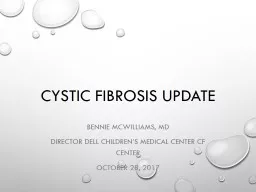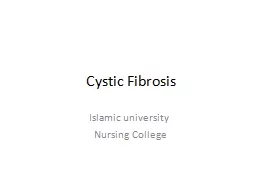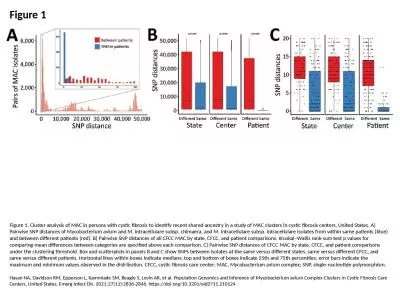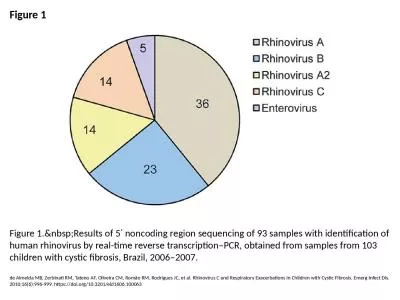PPT-Cystic Fibrosis Care in 2017:
Author : danika-pritchard | Published Date : 2019-11-23
Cystic Fibrosis Care in 2017 Overcoming Challenges to Capitalize on Success Gregory Sawicki MD MPH Director Cystic Fibrosis Center Division of Respiratory Diseases
Presentation Embed Code
Download Presentation
Download Presentation The PPT/PDF document "Cystic Fibrosis Care in 2017:" is the property of its rightful owner. Permission is granted to download and print the materials on this website for personal, non-commercial use only, and to display it on your personal computer provided you do not modify the materials and that you retain all copyright notices contained in the materials. By downloading content from our website, you accept the terms of this agreement.
Cystic Fibrosis Care in 2017:: Transcript
Download Rules Of Document
"Cystic Fibrosis Care in 2017:"The content belongs to its owner. You may download and print it for personal use, without modification, and keep all copyright notices. By downloading, you agree to these terms.
Related Documents

